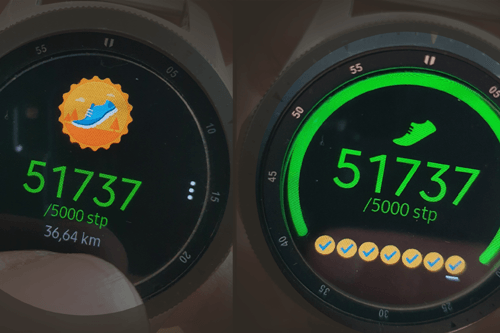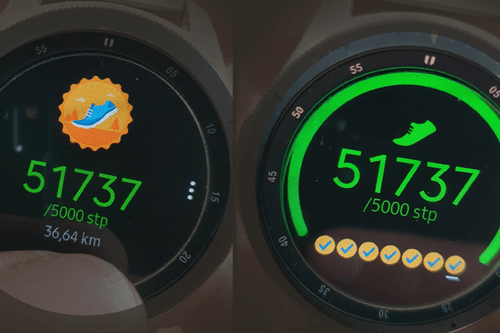Big Data (English Version)
The digital gold, the data viewed.

Websites, smart devices, the Internet of Things (IOT) it seems like a vacuum cleaner for collecting data, a lot of data. If you look at the curves in the graphs of amounts of data that are stored, you see that it increases exponentially; "Big Data".
How do you deal with Big Data within the organization? In my first blog (Big Data Strategy, https://www.casperotto.nl/en-gb_big_data_strategy) I wrote about setting up a strategy. In this blog I want to talk about the data itself. To store the data yourself, you need rules, see them as sailing rules, to stay in the analogy of my blog Big Data Strategy; "... A water sports holiday in the Dutch province of Friesland ...".
How do you draw up these sailing rules, what should you pay attention to? The first phase is to classify your data into "personal data" and "company data". Personal data is roughly understood to mean all data that can be directly or indirectly traced back to an individual and you have a number of degrees in that, among others;
- Personal data; This includes address data, for example.
- Sensitive data; Data that record, among other things, race, religion or belief.
- Medical data; Data with a medical slant. For example diagnoses, diseases and medicines.
- Behavioral data; Data that maps behavior and patterns of an individual.
Business data often involves sensitive data that is important for the organization to generate insights and strengthen its competitive position. This includes, for example, the following categories;
- Aggregated (pattern) data; (Company) data that cannot be traced back to an individual
- Price information; Including, for example, data regarding margin, purchase, cost and sales price.
- Strategic; Data related to business strategies.
It is important to classify your data collections in order to make a good Big Data Plan. The above categories can help. Then take a closer look at the location where the data is stored and accessibility in a Risk Analysis. You build up the rules ('sailing rules') based on the results and insights of these studies, in order to handle your data as well as possible. These "sailing rules", together with the classification and risk analysis, can of course be tested (audit) against legislation and regulations. I think it is even more important to test the setup against ethical standards and (company) values.
Big Data is sometimes referred to as the digital gold. Let's store that digital gold properly, take good care of it and use the Big Data for something good.
Casper.
https://www.casperotto.nl/en-gb/home
https://www.casperotto.nl/en-gb/blog
Blog












